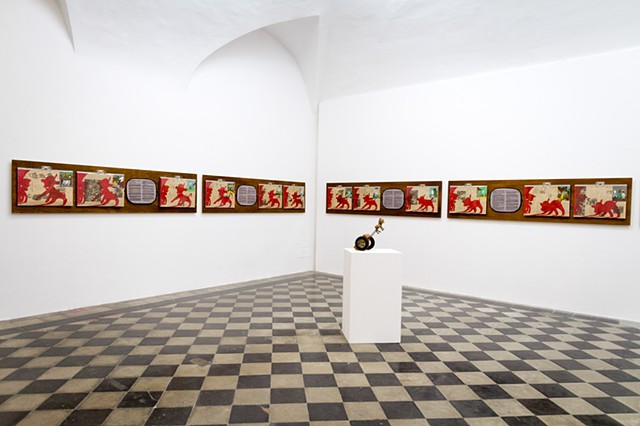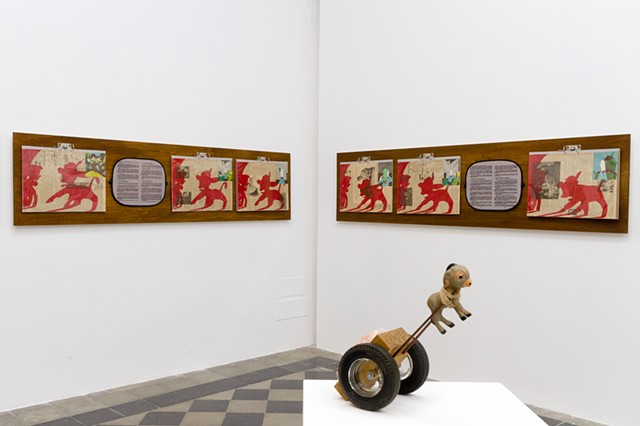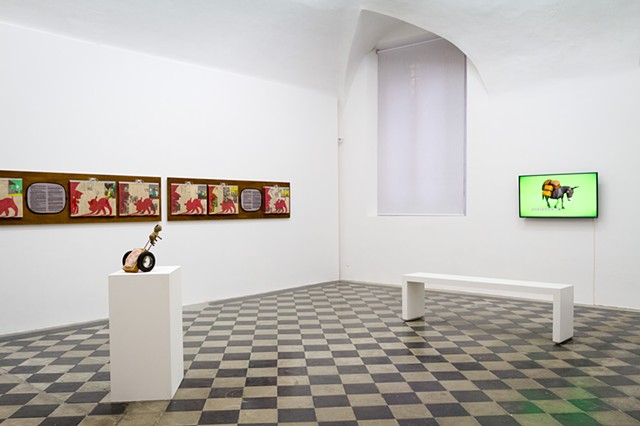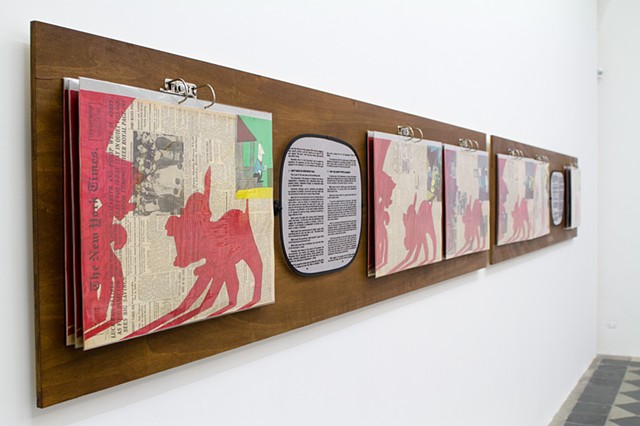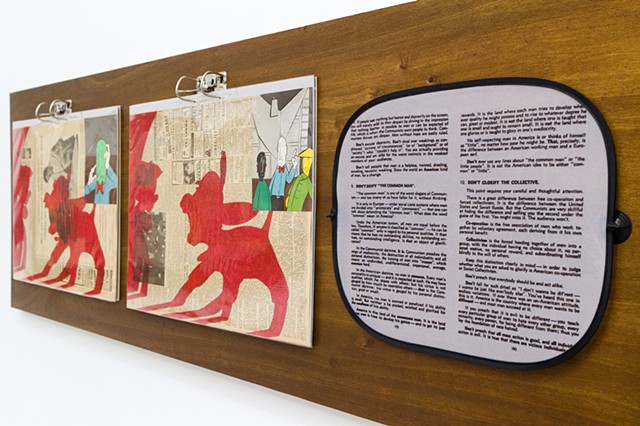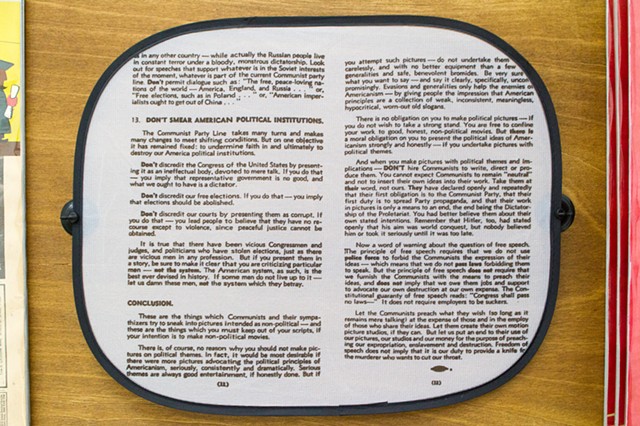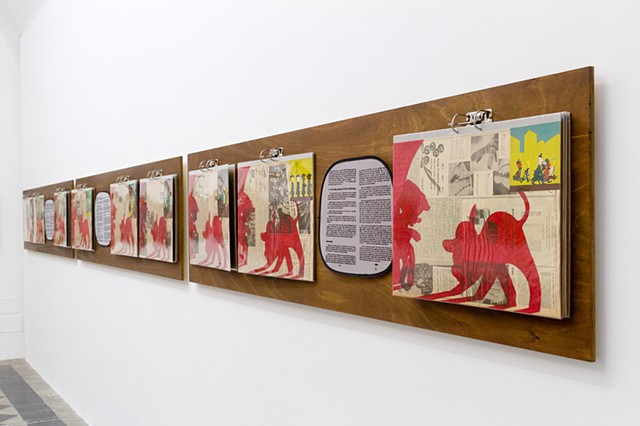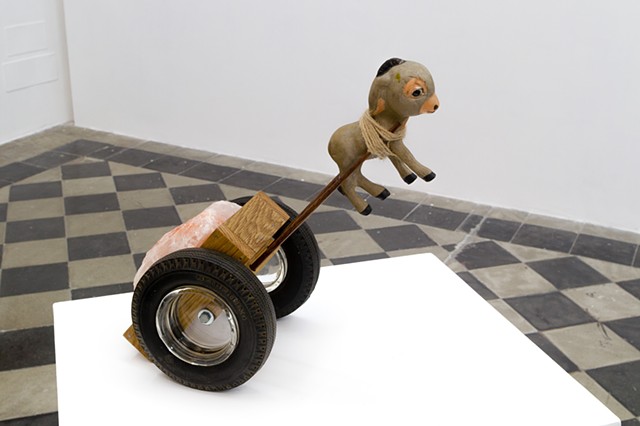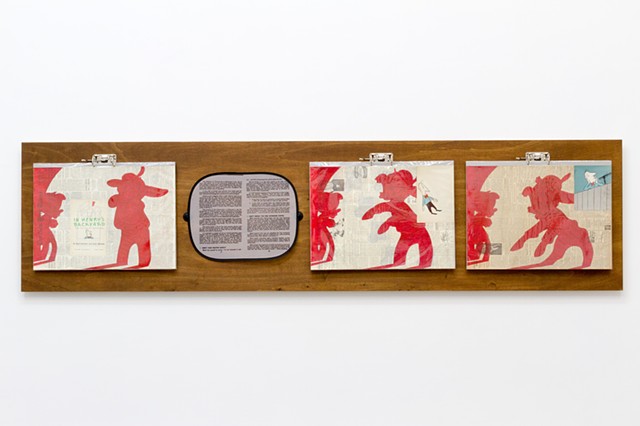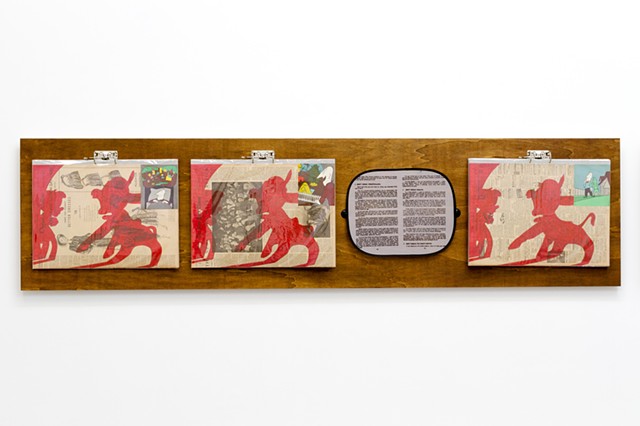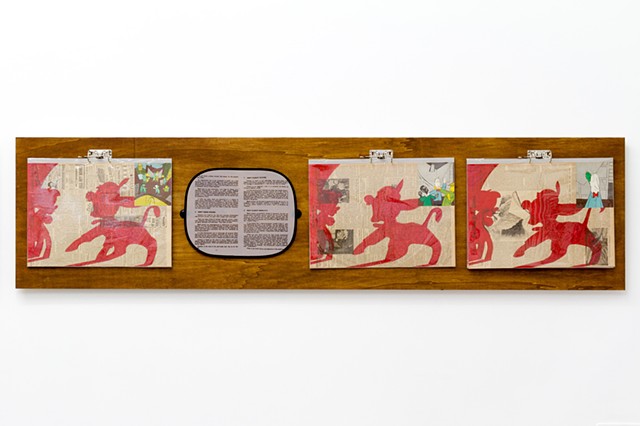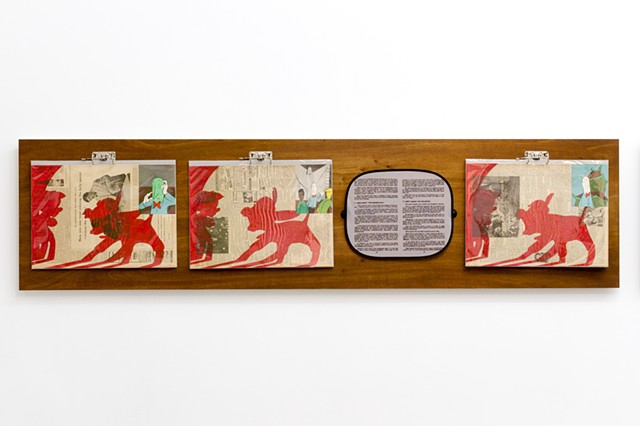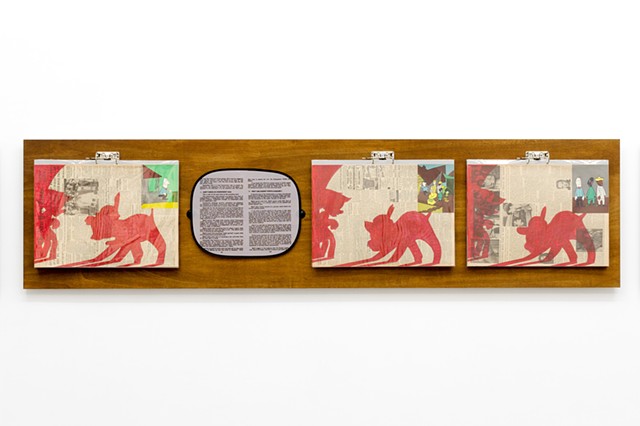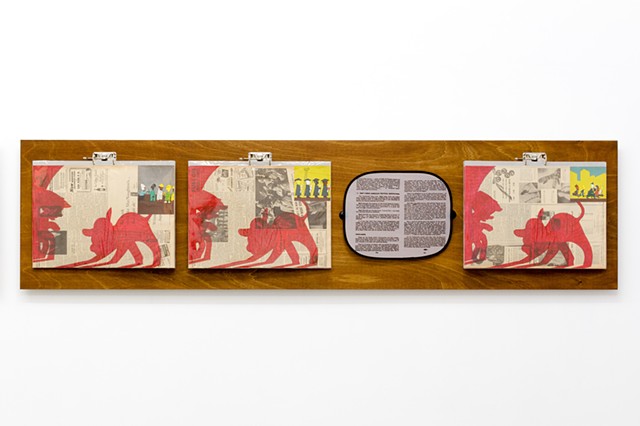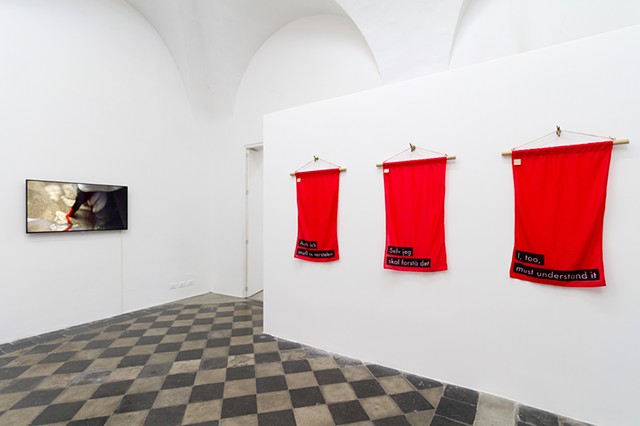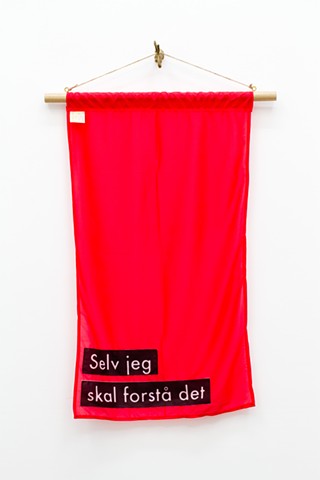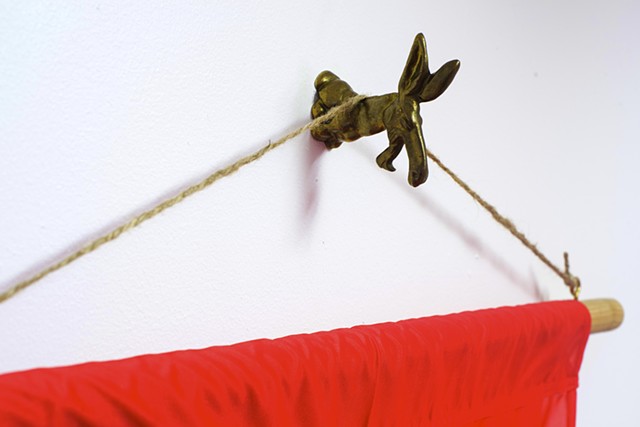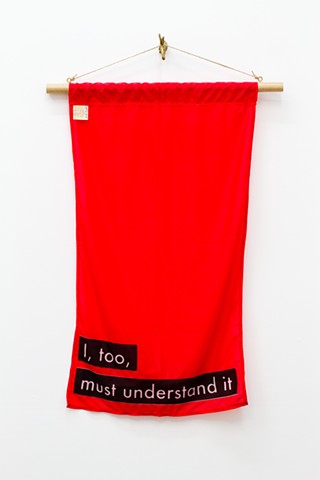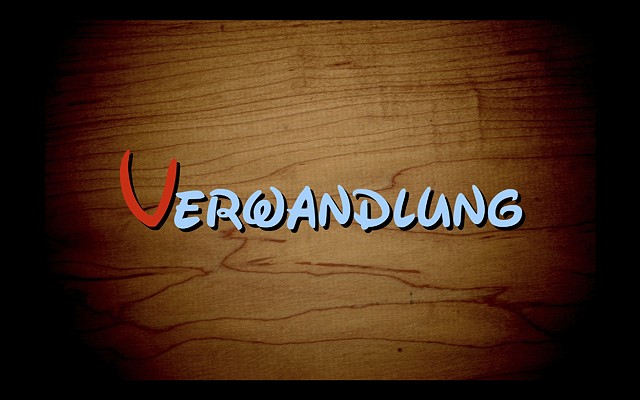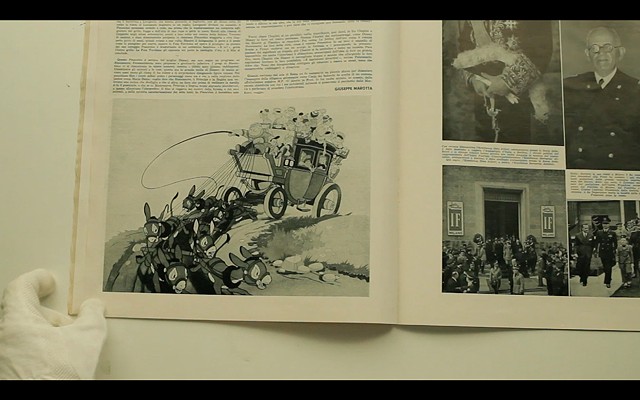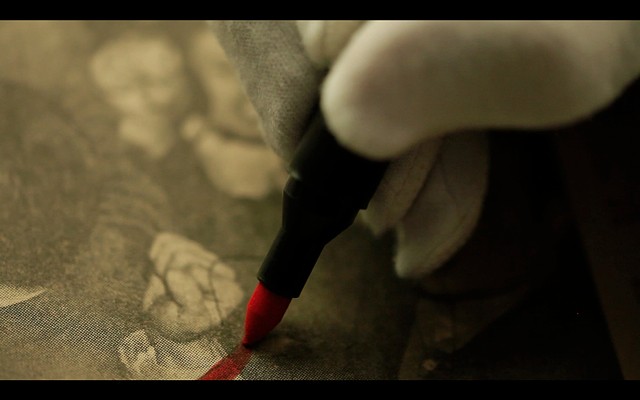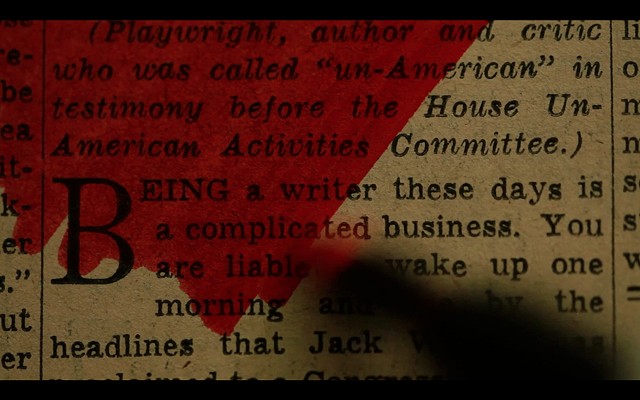An Alternate Correspondence
1/9unosunove is thrilled to present Benjamin Tiven c/o Per-Oskar Leu – an alternate correspondence, the third exhibition in the cycle curated by Marianne Derrien. The dialogue and correspondence between Leu (Norway, 1980) and Tiven (USA, 1978) actually began 2 years ago, when they met through the Whitney Independent Study program and the online magazine Triple Canopy, where each of them has published multi-media research projects. The exhibition they have conceived at 1/9unosunove examines some of the aesthetic and cultural fallout after periods of political crisis. Re-articulating images, illustrations, archives and documents, Leu and Tiven find their anchor point in the ur-phenomenon of animation, and in the interplay between natural forms and technical instruments. Their alternate correspondence is structured through various references that cohere in the figure of the donkey: used in the 1940s by both Bertolt Brecht and Walt Disney (in his famed Pinnocchio), and surfacing again in recent years as both a weapon of asymmetric warfare and an image of the advanced military imaginary.
Benjamin Tiven is a Brooklyn-based artist who works with video, photography and writing. Tiven's new works question the transformation of forms under the pressure of divergent ideologies and persistent surveillance. Two Devices is a narrated video imagining the inner lives of two animals: a prototype robotic seagull and an explosive-laden donkey. Through these figures, the work examines a lexicon developed by the American military for its automated machinery, and the ostensibly benign corporate ambitions behind the autonomous mechanical bird. The philosopher Grégoire Chamayou, in his book Theory of the Drone, connects the development of autonomous weapons to precedents in Hollywood cinema. As a new mechanism for improved targeting, the drone seems to be born under the sign of Hollywood’s false appearances, or the symbol of artificiality . As such, by importing them back into the space of narrative video, Tiven maps their own developmental trajectories back onto these objects, fusing them with spatial and temporal data. A related series of photographs shows the technical furniture of a chromakey animation studio; a set of liminal objects designed to function in a digital environment. Two other works deal with architecture's capacity to warp or impede modernity's spatial imaging protocols. War Architecture is a set of two photographs of Paul Virilio and Claude Parent's chapel in Nevers, France, based on the design of coastal military bunkers in the Second World War. The sculpture suite Invisible Encampment, a set of 3D-printed plastic objects, proposes repetition and duplication as mechanisms to scuttle aerial surveillance.
Per-Oskar Leu's new body of work, In Praise of Learning, looks at the struggle over ideology in the mass entertainment industry: specifically, the attempts by Hollywood to depoliticize American film during the 1940s and '50s. The title In Praise of Learning is taken from a poem by the German poet and dramatist Bertolt Brecht, who spent the war years in exile, as a screenwriter in Hollywood, before being summoned to testify before the House Un-American Activities Committee as an "unfriendly" witness. The piece takes the form of wall newspapers – a means of disseminating information commonly associated with the early Soviet Union. Onto six wooden panels are mounted a total of 18 "flip books", hung from steel binders. The pages of the flip books are taken from issues of the New York Times, dating from 1940 to 1947. A series of 48 consecutive still images from Walt Disney's 1940 animated feature film Pinocchio, have been transposed onto the vintage newspaper pages using red marker pen. In Praise of Learning contains the story of Walt Disney's involvement in the witch-hunt against so-called "subversive elements" in the American entertainment business at the dawn of the Cold War. The piece attempts to trace a historical line from the release of Pinocchio to censorship in American cultural life.
The exhibition also includes an essay by the Philadelphia-based art historian Philip Glahn, a specialist on Brecht, with whom Tiven and Leu have been in collaborative dialog. The text deals with the technical, social, and aesthetic dimensions of history, and is presented here in a gallery poster.

